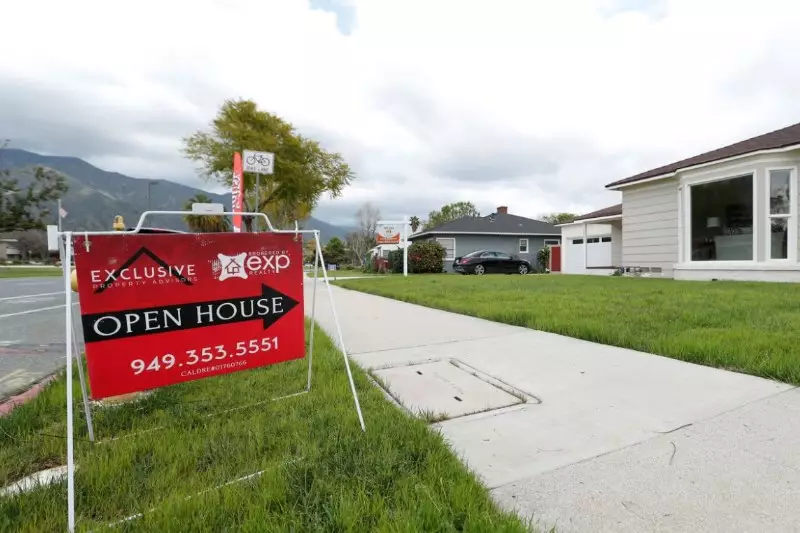Since the Federal Reserve initiated interest rate hikes to combat inflation in early 2022, the commercial real estate (CRE) market has faced a series of significant challenges. These economic measures resulted in diminished transaction volume, increased capitalization rates, and declining property valuations—factors that have created an environment of uncertainty for investors. Despite these difficulties, new signals of recovery are emerging, indicating a potential turnaround for the sector.
Analysts at Wells Fargo suggest that the Fed’s recent decision to lower the federal funds rate by 50 basis points in September 2024 could serve as a crucial development for the CRE landscape. They anticipate that this shift may pave the way for subsequent rate cuts continuing into mid-2025. The implications of such monetary easing could be profound, potentially ending the most severe downturn in commercial real estate since the 2008 Global Financial Crisis. While lower interest rates can certainly facilitate some recovery, they are not a panacea and may not solve all of the sector’s existing problems.
In the immediate aftermath of the rate cuts, early signs of stabilization in property valuations were noted. While a 5.5% year-over-year decline in the National Council of Real Estate Investment Fiduciaries Property Index still reflects challenges, it signifies an improvement compared to prior more significant drops during the downturn.
Notably, the recovery isn’t uniform across all property types. Investment in industrial and retail sectors shows resilience, sparking interest and driving some transactions. In contrast, Central Business District office properties continue to wrestle with elevated vacancy rates and sluggish rent recovery. The divergent performance highlights the need for a nuanced understanding of market dynamics, as not all sectors will bounce back at the same pace.
Moreover, the easing of interest rates is expected to alleviate some of the upward pressure on capitalization rates, which remained steady or even slightly decreased in various property categories within the second quarter of 2024. This development allows investors to justify higher valuations as lower financing costs make loan servicing more manageable.
Nevertheless, the road to recovery is fraught with hurdles. The office market faces heightened scrutiny, particularly with the upcoming “debt maturity wall,” where nearly $1.9 trillion in CRE debt is anticipated to mature by the end of 2026, much of it linked to the beleaguered office sector. Although some lenders have shown a willingness to extend loan maturities to prevent distress, the sector remains at risk of further depreciation.
Wells Fargo also cautions that while many CRE sectors may be emerging from the worst of the downturn, the pathway to full recovery is laden with potential obstacles. One significant challenge is the limitation of price discovery due to ongoing depressed transaction volumes, failing to reach pre-pandemic levels. As a result, the true market worth of numerous properties remains obscured.
Additionally, a surge in construction, particularly in the industrial and multifamily spaces, may induce temporary oversupply. This oversupply could lead to increased vacancy rates, placing downward pressure on rents and complicating the recovery efforts.
Looking ahead, Wells Fargo’s analysts believe that continued easing of monetary policy is likely to bolster the fundamentals of CRE by reducing borrowing costs and spurring economic growth. Such dynamics could stimulate demand across a variety of property types, particularly those associated with consumer spending, including retail and industrial assets.
However, the outlook for the office market remains less optimistic, given its structural complications and ongoing transformations in work trends, such as remote work and hybrid models. This sector may require a more extended period of adjustment before it can achieve stability.
While emerging indicators suggest that the tide may be turning for commercial real estate, the sector’s journey to recovery is layered with both promise and peril. Investors, developers, and stakeholders will need to navigate a complex network of challenges and opportunities as they seek to capitalize on the evolving landscape.

